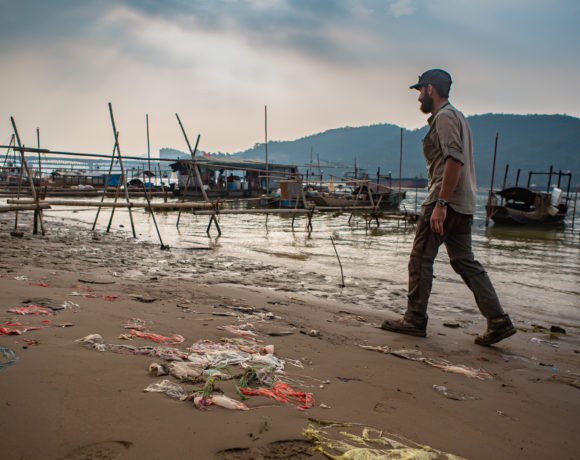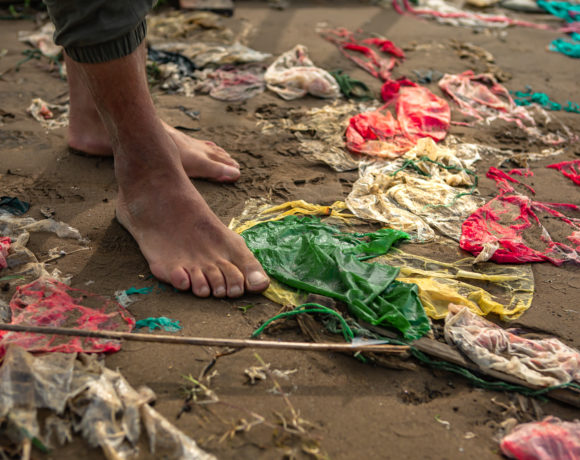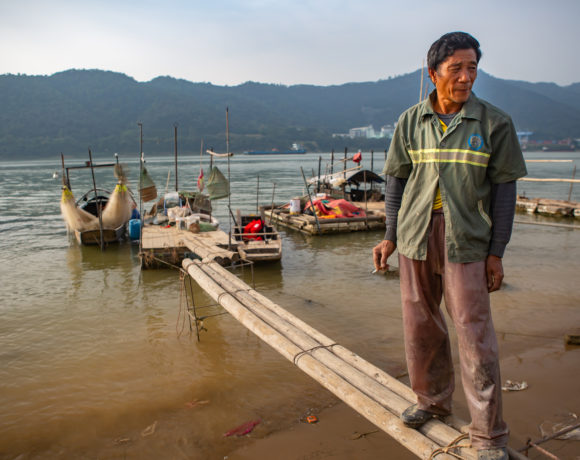As always, long-term change is an uphill battle
LOGBOOK 5 #PERALRIVER
Before the 1980s, the southern part of the Pearl River was known for its lakes and rivers. The city of Guangzhou, among the fastest growing city in China, was famous for its six waterways that divided the city and its residents would go swimming in the Pearl River, or watch dragon-boat races from its banks. People lived by the Pearl River – and on the river – as boats plied its length.
But after decades of industrial development and urbanization, China’s cities are becoming ever thirstier for water. Pollution is worsening, and people are becoming separated from the water that their city drinks. This river is known as Guangzhou’s “mother river,” but the city’s people are tragically estranged from their mother. And they have only their irresponsibility and greed to blame.
However, Guangzhou has put a lot of effort into controlling pollution and started trying to clean up the Pearl River in 2005. The construction of a number of large water-treatment plants did result in some improvements, and massive investment in treatment is still the main cleanup strategy. The city invested $US3.3 billion in new treatment plants last year and is now able to treat an extra 635,000 tonnes of water every day. I was told that the provincial governor and city mayor even went so far as to swim in the Pearl River to demonstrate their success and determination. Still, some signs of degradation is visible along the riverbanks.
As always, long-term change is an uphill battle, and this can be seen on the riverbanks, but what is heartening is that a relatively poor country has made a conscious choice to shift its focus from the quantity to the quality of growth.



